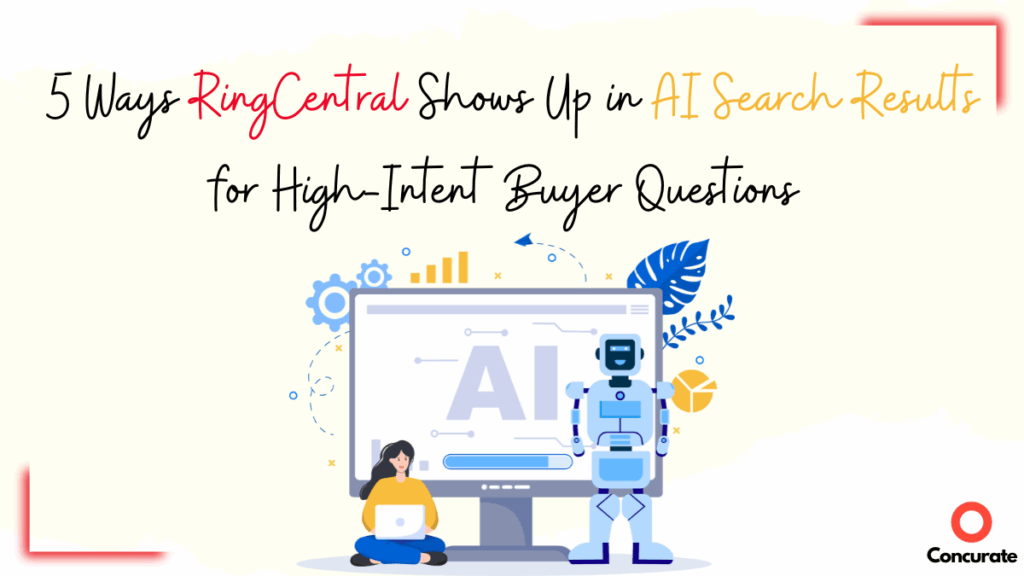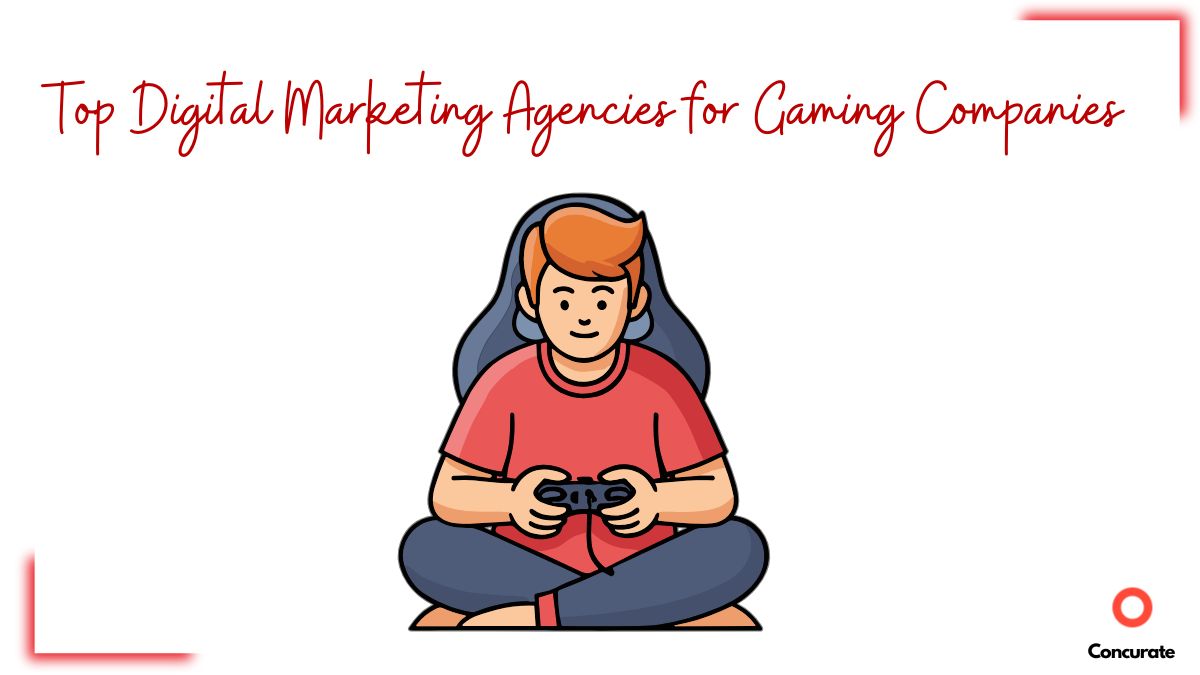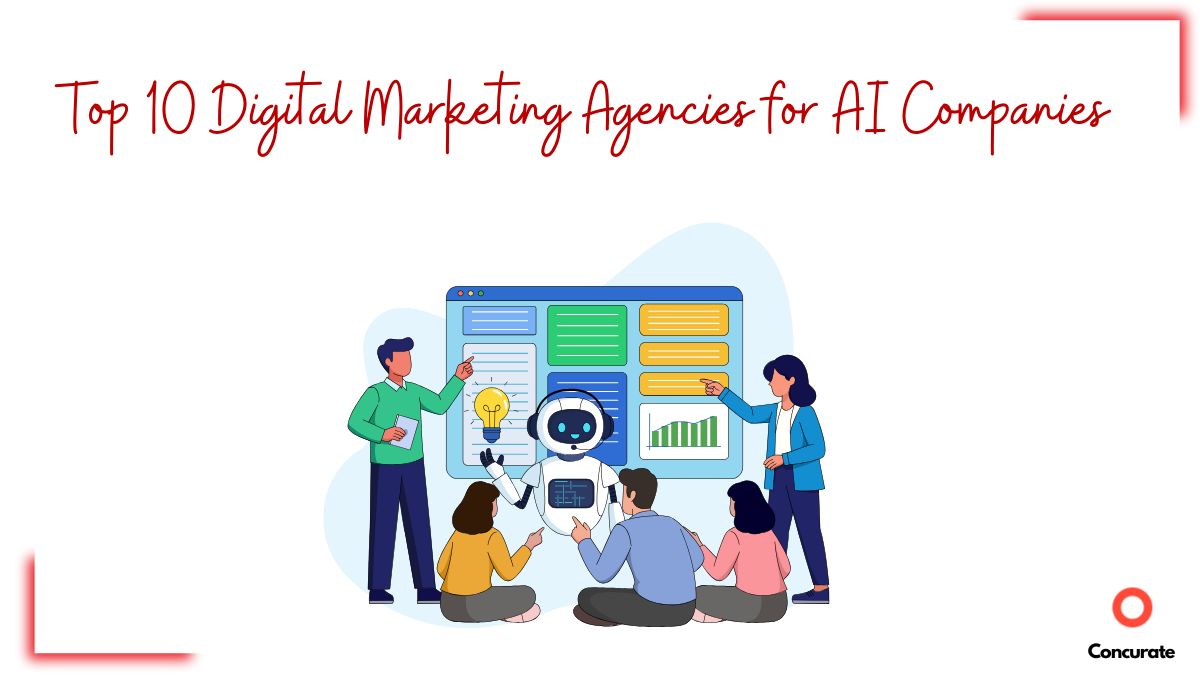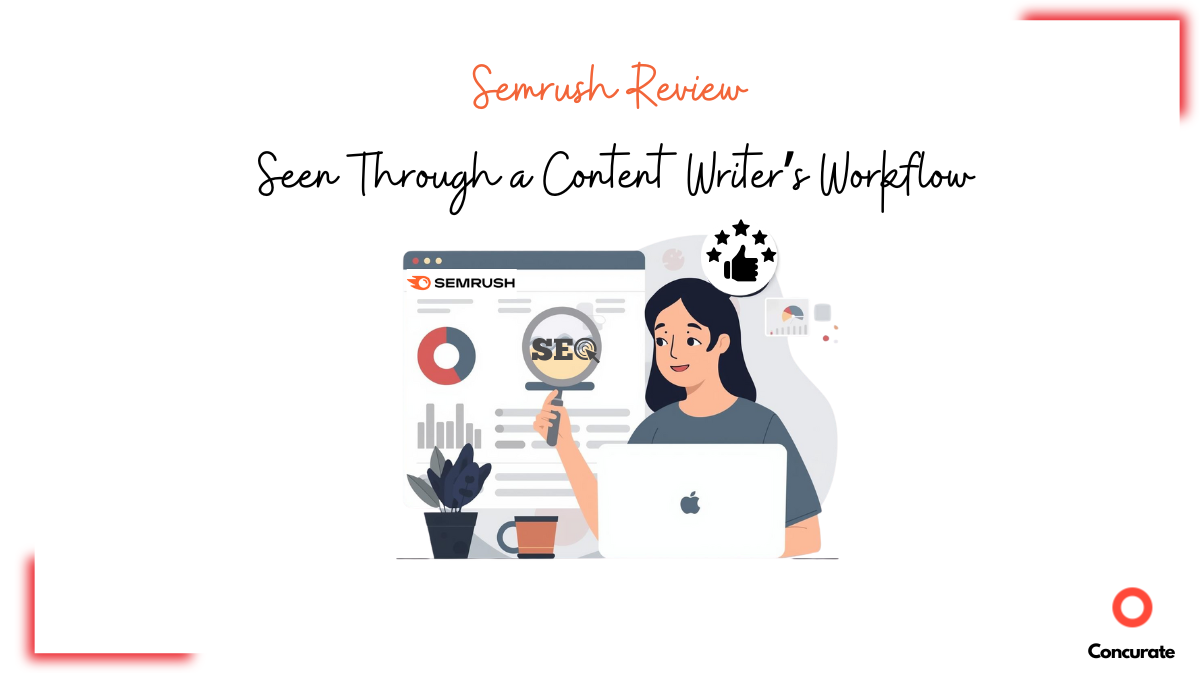| TL;DR: Buyers now ask AI tools instead of Google and most SaaS brands vanish from the answers. RingCentral shows how to fix that with clear positioning, outcome-driven pages, integrations, trust signals, and comparisons that AI can’t ignore. |
If you’re in customer comms or contact center SaaS, you’ve probably felt it that buyers aren’t starting on Google anymore.
They’re asking ChatGPT stuff like, “Which UCaaS provider is most reliable?”
Or Perplexity: “What’s the best AI-powered contact center?”
And guess who keeps showing up? RingCentral.
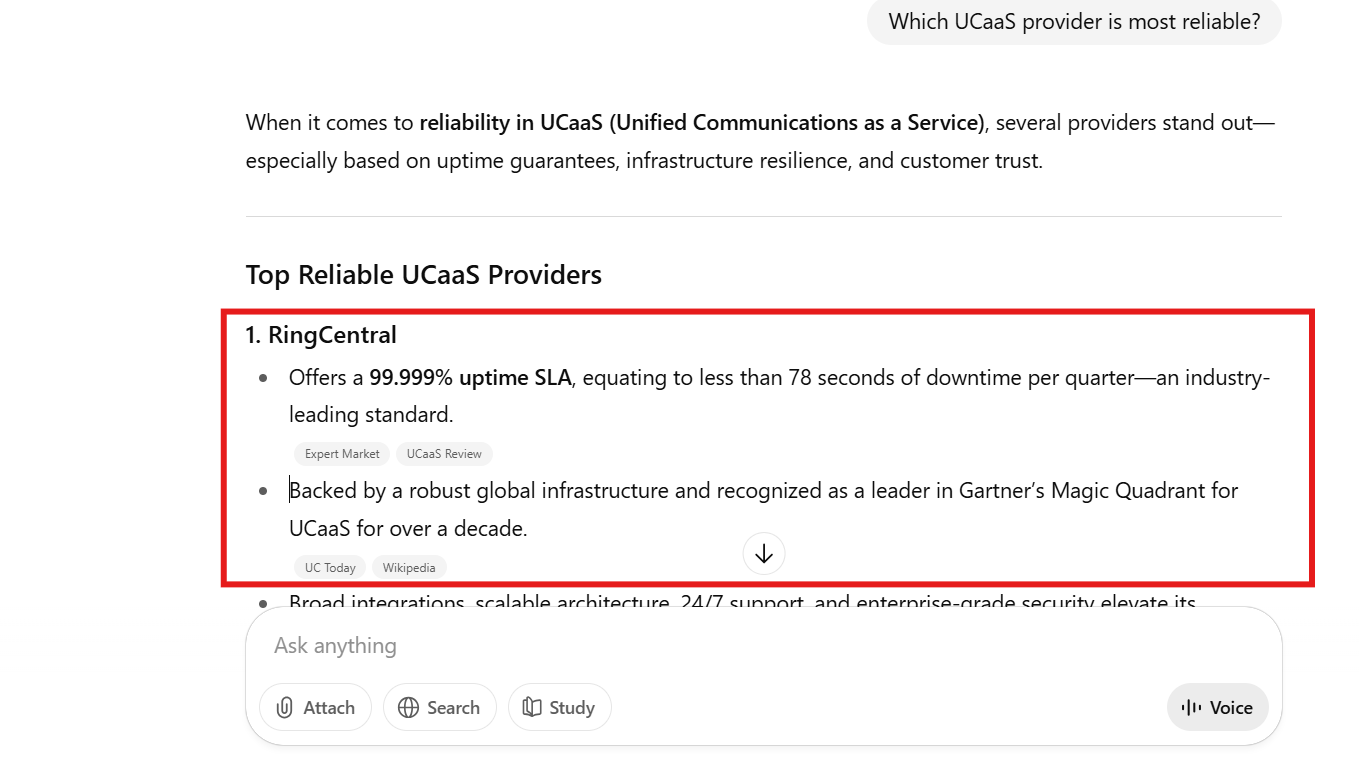
ChatGPT result showing RingCentral in AI answers for “Which UCaaS provider is most reliable?”
That’s not luck. It’s not just brand size either.
It’s the way they’ve positioned themselves, structured their pages, and made their proof points impossible for AI to miss.
Which is exactly why optimizing your SaaS website for ChatGPT and Perplexity now sits right next to classic SEO on the checklist.
As a founder, this matters, because in this space, if you’re not on the shortlist, you’re invisible. Nobody’s inviting you into the RFP round if ChatGPT never mentions your name.
So the obvious question is:
How do you get your SaaS into those AI answers?
This post breaks down the exact moves RingCentral made and how you can borrow them to stay in the conversation when buyers turn to AI first.
5 Ways RingCentral Shows Up in AI Search Results for High-Intent Buyer Questions
#1 They plant the “AI Communications” Flag Everywhere Buyers Look
When you ask ChatGPT about “the best AI contact center” there’s a good chance RingCentral shows up.
On the homepage, RingCentral calls itself “the global leader in AI communications.” Their product pages showcase AI capabilities like RingSense and AI Assistant, and analyst proof (like Gartner Magic Quadrant leadership) sits right alongside.
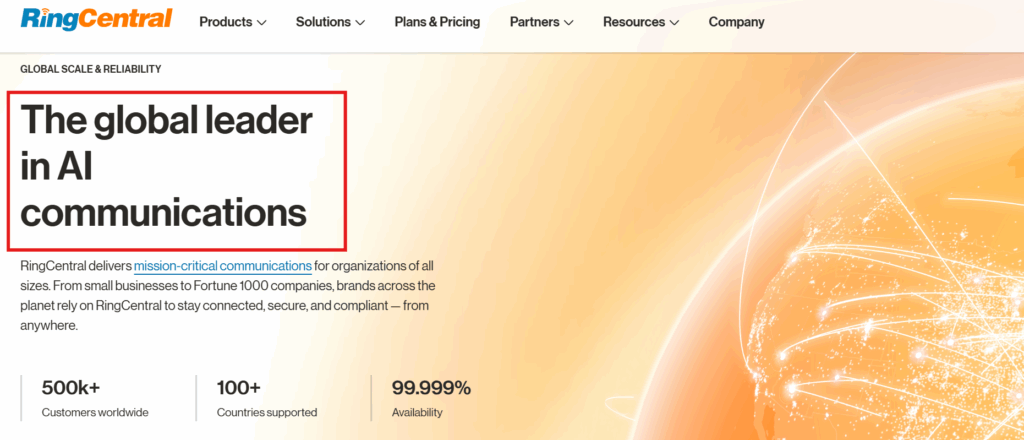
RingCentral homepage calling itself the global leader in AI communications
Why is that important? Because AI tools learn from repetition and clarity. The more consistently a brand anchors itself to a category phrase like “AI communications” and “AI-powered UCaaS” the easier it becomes for models to connect that brand to a buyer’s query.
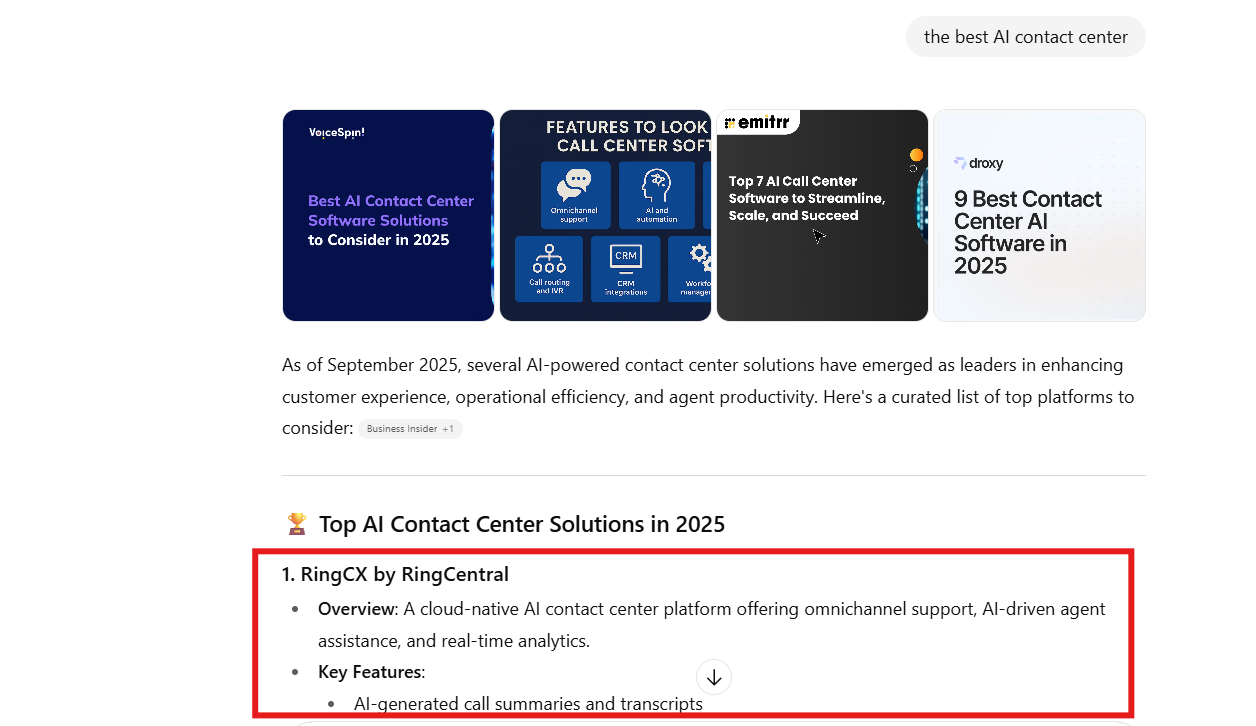
ChatGPT result showing RingCentral in AI answers for “best AI contact center”
Takeaway:
Visibility in AI search starts before you ever appear in an answer. It starts with how clearly and consistently you define your category across your site.
To make that language machine-readable for models, start with how to optimize website for AI search engines (LLMs.txt) so your ‘AI communications’ signals are unmissable.
#2 They Turn Product and Pricing Pages into Answers for Buyer Questions
RingCentral’s product and pricing pages don’t just list features, they frame outcomes.
Words like security, reliability, AI-powered communication, and 99.999% uptime are woven right into the copy. When buyers (or AI tools) scan those pages, it’s obvious what RingCentral wants to be known for.
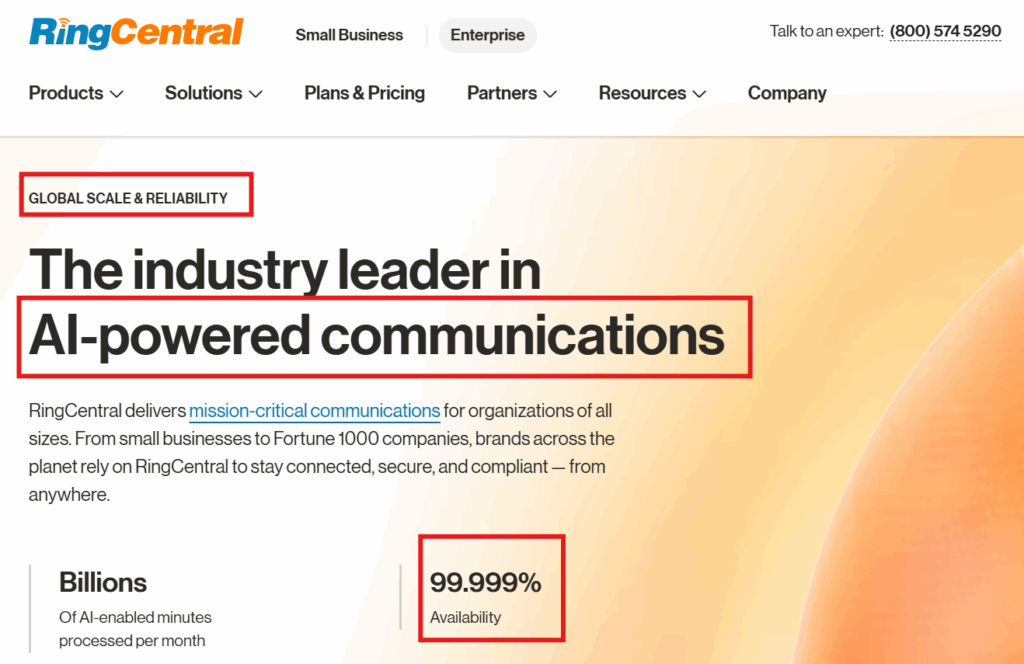
Industry solutions page connecting AI to business outcomes
Ask Perplexity, “most secure UCaaS platforms” and RingCentral often shows up.
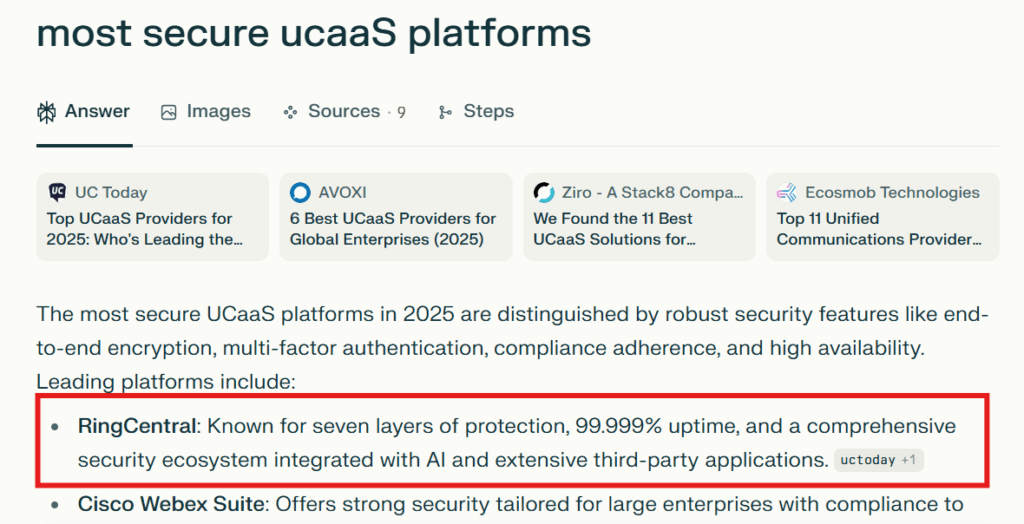
Perplexity citing RingCentral among secure UCaaS platforms
Take their pricing page. Instead of burying details, it highlights AI features like transcription, summaries, and call insights as part of the platform.
And on their industry pages, AI gets mapped to real business outcomes like smarter routing for contact centers, AI assistants that cut handling time, and analytics that help teams work faster.
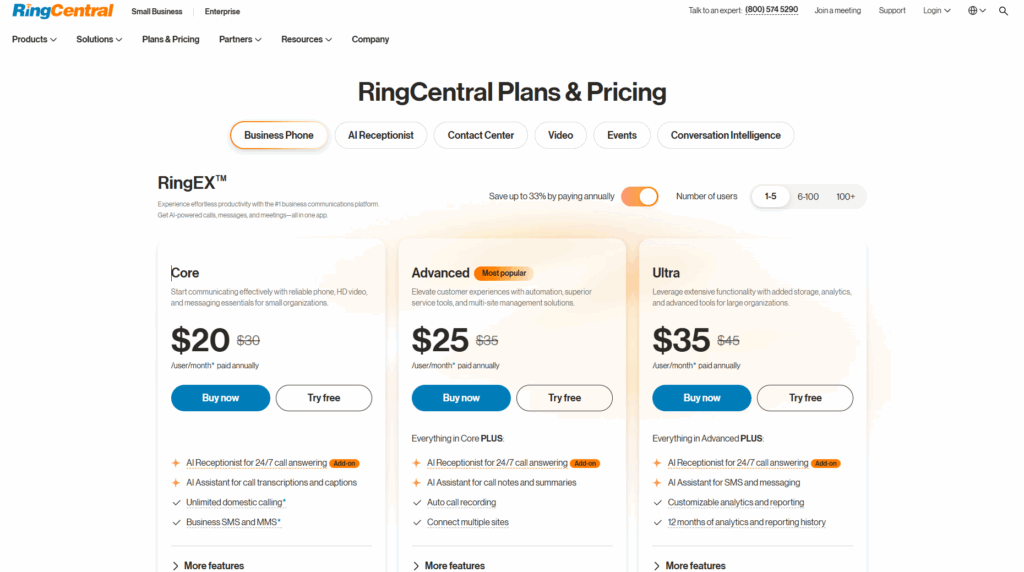
RingCentral pricing page highlighting AI features like transcription and call insights
Takeaway:
Don’t just describe what your product does. Spell out the outcomes buyers care about, like, security, reliability, speed, AI-driven insights, in the same language they’ll type (or ask AI) about. That’s how your product pages become answer material.
#3 They Borrow Visibility from Their Ecosystem
RingCentral has built a massive ecosystem with 500+ integrations with tools like Salesforce, HubSpot, and Microsoft 365. When those partners publish updates or embed RingCentral in their workflows, it creates fresh surfaces for AI tools to pick up.
For example, HubSpot recently highlighted how RingCentral connects directly into its CRM. That post lives on HubSpot’s site, but it still reinforces RingCentral’s positioning in AI answers.
Every new integration announcement, marketplace listing, or joint case study is basically another breadcrumb that tells AI: this platform matters in the business stack.
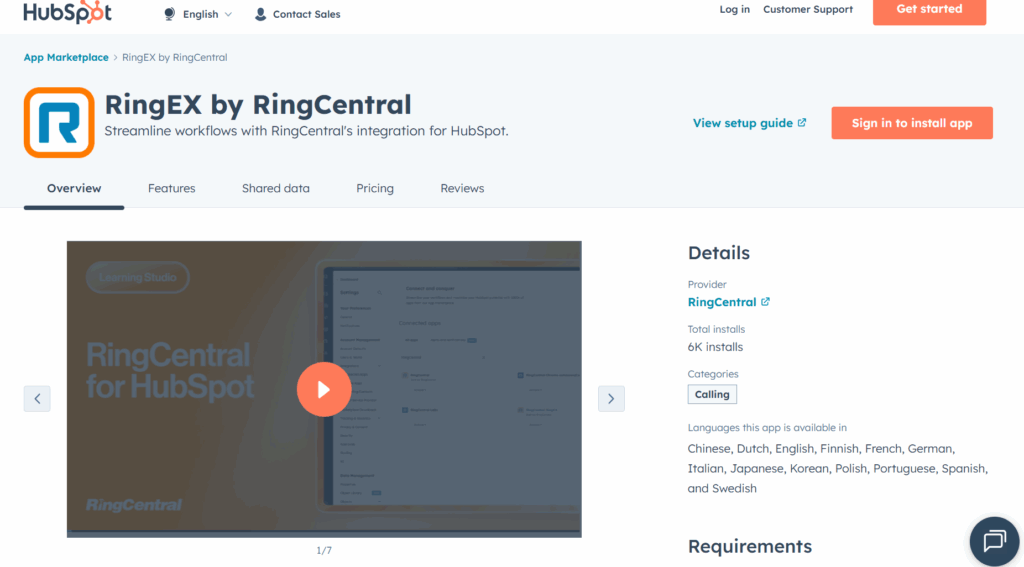
HubSpot blog highlighting RingCentral’s direct CRM integration
A parallel story plays out with Genesys, which consistently appears in CCaaS shortlists thanks to repeated mentions and outcome-focused proof. The Genesys case study unpacks those signals.
Takeaway:
AI tools don’t just read your site, they read your ecosystem. If other platforms are talking about you, embedding you, or listing you, you multiply the chances of being pulled into AI answers.
#4 They Make Trust Signals Impossible to Miss
Ask Perplexity, “UCaaS providers with the highest reliability” or “top cloud communication vendors recognized by Gartner,” and RingCentral is often at the top of the conversation.
That’s because they surface proof everywhere. Their Trust Center centralizes compliance certifications and security badges. The homepage boldly highlights 99.999% uptime, and analyst reports like Gartner Magic Quadrant back it up with third-party validation.
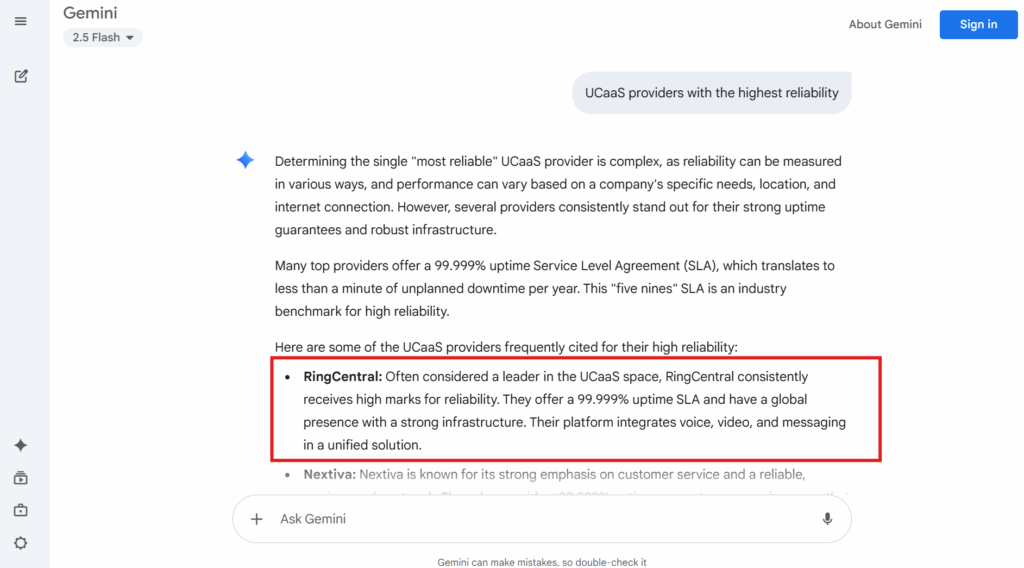
Gemini showing RingCentral under most reliable UCaaS providers
For AI tools scraping the web, these authority markers are exactly what get pulled into answers for enterprise buyers who can’t afford risk.
Takeaway:
Visibility in AI search isn’t just about features. It’s about trust. Make your reliability stats, certifications, and analyst validations easy for both humans and AI to find.
If you’re shaping answer-ready pages and proof points, this walkthrough on how to rank in Google AI Overviews is a useful parallel play.
If you’re finding these breakdowns useful, you’ll love Newsletter Alpha. Our weekly digest that helps SaaS teams cut through the noise with actionable insights. It’s the shortcut your content team needs.
#5 They Answer the Exact “VS” Questions Buyers Feed into AI
Type into ChatGPT or Perplexity, “RingCentral vs Zoom” or “best Zoom alternatives for enterprises,” and you’ll often see RingCentral in the top results.
That’s because they don’t leave those questions unanswered.
RingCentral has built dedicated comparison pages, side-by-side matchups against Zoom, Vonage, Genesys, and others. They also publish “alternatives” content and spec matrix PDFs that make differences easy to scan.
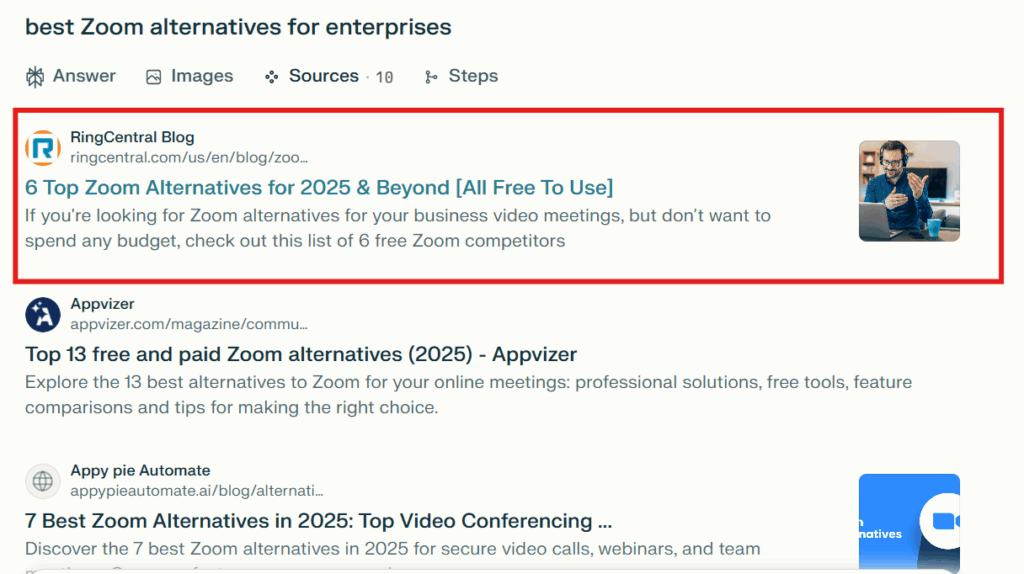
RingCentral appearing as top result in citations for “best Zoom alternatives for enterprises”
For AI tools, this content is a gift. It mirrors the way buyers phrase real queries like, “X vs Y” and “best alternative to Z.” And since RingCentral already provides structured comparisons, models can simply pull those into their answers.
A similar pattern shows up in another contact center vendor too, NICE pushes itself into AI shortlists by owning “vs” queries. We unpack that in this NICE CXone case study.
Takeaway:
Don’t wait for AI tools (or competitors) to define how you stack up. Build your own comparison pages around the vendors buyers ask about most. Make them structured, factual, and scannable, so when someone asks an AI, your version of the story gets quoted.
What Can You Take Away
The lesson from RingCentral is clear, if you want to show up when buyers ask AI tools for recommendations, you need to set up the basics the right way.
Here are the five moves that you can learn:
1. Own the Category
- Write a single clear category statement (“AI-first UCaaS platform for mid-market enterprises”)
- Make sure it appears consistently on your homepage, product pages, and LinkedIn headline
- Push this message in sales decks and investor conversations too
2. Turn Product Pages Into Answers
- Reframe product and pricing copy around outcomes like reliability, uptime, security, AI productivity gains etc.
- Bake in the exact words buyers ask AI tools (“secure,” “AI-powered,” “99.999% uptime”)
3. Build Ecosystem Proof
- Lock in 1–2 integrations your ICP already depends on like, Salesforce, HubSpot, ServiceNow, etc.
- Make sure those partners mention you in their release notes, blogs, or marketplace listings
4. Surface Trust Signals
- Create a lightweight “Trust Page” with uptime stats, certifications, and customer logos
- If you don’t have Gartner/Forrester coverage, highlight G2, Capterra, or case study quotes
5. Own the “Vs” and “Alternatives” Pages
- Publish direct “X vs Y” matchups and “Top 5 Alternatives” pages for your category
- Keep them structured, factual, and regularly updated so AI tools can lift them cleanly
The playbook is simple, execution is what sets companies apart.
And if you’re wondering how to put this into practice for your own SaaS, that’s where we come in. At Concurate, we help SaaS founders build that same kind of visibility through Generative Engine Optimization (GEO).
From mapping the exact queries buyers ask AI tools, to creating content assets those engines trust and cite, we make sure your product shows up when decisions are being made.
Our work has helped clients generate 24+ leads from just three blog posts, earn citations in AI-generated answers, and outperform even Google ads in the U.S. and U.K. markets.
We understand that the rules of SEO and content are changing fast in the age of AI, and we’re adapting in real time.
Curious how our approach could work for your SaaS? Let’s uncover the blind spots that might be holding you back and turn them into opportunities for growth.
FAQs
Start by talking to sales. The objections, comparisons, and “who else do you integrate with?” questions they hear daily are the same ones buyers feed into AI. Those should be your starting prompts.
That’s normal, early movers always get a head start. But AI visibility isn’t fixed. Updating your pages, owning comparison content, and publishing structured proof can shift how and when you show up.
Yes. AI models don’t just crawl your website. They also look at review platforms, partner blogs, analyst reports, and even news mentions. Each one is another signal that reinforces your authority.
At least quarterly. AI tools update constantly, and the questions buyers ask evolve too. A regular visibility check ensures you’re not just showing up today but staying in the answer set tomorrow.


